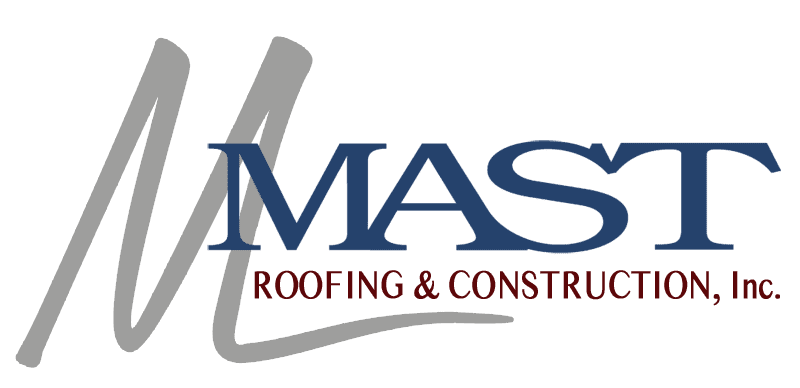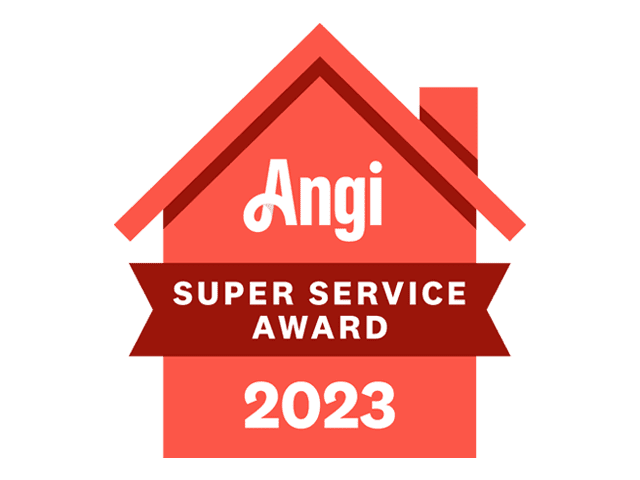Is a leaking roof an emergency?

What is the most common cause of roof leaks?
When it rains, it pours, especially when you have a leaking roof! This could be one of the worst nightmares for a business owner or homeowner. A roof leak and ceiling damage as a result, along with the other damage that comes with a leaking roof can be expensive, inconvenient, and even dangerous.
Most commercial or residential structure with a leaking roof is caused by one of the following common factors:
- People: This is more common with a commercial structure, and while it is sometimes necessary and should be OK to walk on a commercial structure’s roof, it should be a modest amount of foot traffic. The roofing membrane on commercial roofing isn’t meant to be used as a walking pads, but because of HVAC and other equipment, it is necessary. Too much foot traffic, dropped equipment and tools can lead to a leaking roof.
- Seams: Again, a common issue for commercial structure where roofing membrane has seams, they are the weak points of a roof. Roofing membrane comes off large rolls that are rolled out over and then attached by adhesive or mechanically fastened. Residential roofing has weak seam-like areas around chimneys, vents, and where two different roofing angles meet.
- Neglect: Skipping monthly roofing inspections of commercial or residential properties can leave your roof susceptible to disastrous consequences. Routine inspections and maintenance is necessary to catch issues like torn membrane on commercial property and loose or missing shingles on residential properties. Making sure drainage is clear and working, gutters are attached, and downspouts are clear. Regular monitoring of any roof is key to avoiding a leaking roof.
- Weather: This is something that nobody has control over but can do a lot of damage to commercial or residential roofing. Both are constantly exposed to the elements. The ice, rain, snow build up on rooftops and over gutters, downspouts, and drains. For commercial property, this leads to ponding water which will eventually lead to a leaking roof if not caught and fixed in time. For residential roofing, the same elements can clog up the gutters and downspouts, cause the rain and snow to seep up under the shingles, onto the decking, and into the attic, and a leaking roof is created! Again, routine inspections of both properties is essential in catching these issues before they become a problem and leaking roof.
Not every leaking roof can be blamed on these four factors, but they are factors that can be caught before they cause a leaking roof. Prevention is the best way to avoid leaking roofs and repair.
How do I stop my roof leaking in heavy rain?
When your roof leaks with heavy rain, getting a professional roofer out immediately isn’t always possible. Here are a few tips to stop a leaking roof temporarily.
- LOCATE THE SOURCE: Before you can stop the leaking roof, you need to find where the leak is located. It may not be the roof itself, but a drain, gutters, downspouts, seams, loose or missing flashing, etc.
- CLEAN THE AREA: Once you have located the source, prepare the roof area and the area under it for your temporary repair of the leaking roof. Place plastic tarp or towels and buckets under the leaking areas to catch any more water. If there is a bulge in the ceiling, use a screwdriver to poke a hole in it and let the water out.
- APPLY A ROOFING TAR: Roofing tar is to a leaking roof that duct tape is to other things! On a residential roof, if the shingles are loose, use the roofing tar to hold it in place. If the shingle(s) are missing, then place a piece of wood over the leak and secure it with the roofing tar. The same is to be done with a commercial roof, find the leak, either place plastic or wood over the leak, and seal it down with roofing tar.
- PLASTIC COVER: If you used a sheet of plastic, nail it down in addition to the roofing tar to secure it in place and keep as much water out as possible. Remember, this is only a temporary fix to your leaking roof, you’ll still need a professional roofing contractor to fix the roof properly.
- SEAL UP JOINTS and SEAMS: Be sure to apply the roofing tar over any joints or seams where you have temporarily fixed the leaking roof.
Who can fix roof leaks?
For a commercial or residential structure, any roof look should be inspected, repaired, or replaced by a certified, insured, licensed roofing contractor. Once the inspection has been performed and a written estimate is received, call your insurance agent if you haven’t already.
Can a leaking ceiling collapse?
Absolutely! Depending on the age of the structure and the stability of the roof frame, ceiling collapse isn’t always likely, but possible. Any leaking roof indicates that there is possible water pooling up between the ceiling and the roof. That pooling water is adding more weight to the entire structure, including the roofing beams, drywall, and insulation. That weight will cause the ceiling to droop and sag, and a leaking roof left unattended can lead to a collapsing ceiling.
Is a leaking roof covered by insurance?
Well, that will depend on a few factors, with the main one being your insurance policy. For commercial or residential, the insurance company views it as your responsibility to check the roof for leakage and have repairs or replacement done as needed. If the insurance adjuster deems your leaking roof is from neglect, your claim will be denied.
In the instance of damage by natural acts like storms, you may be covered. Again, if the adjuster finds that even damage from natural acts could have been prevented with proper maintenance, your claim could be denied.
For the sake of your insurance liability and the stability of your commercial structure or home, it is essential to perform regular roof inspections yourself. Even the smallest, undetected roof leaks can cause mold, creating an unhealthy environment for your employees or family. Call (610) 689-3737 today for emergency roof repair in Oley, PA.

























